Stain in My Hero Academia is born by his ruthless ideology and Bloodcurdle Quirk. See how the anti-hero shaped the hero’s society.
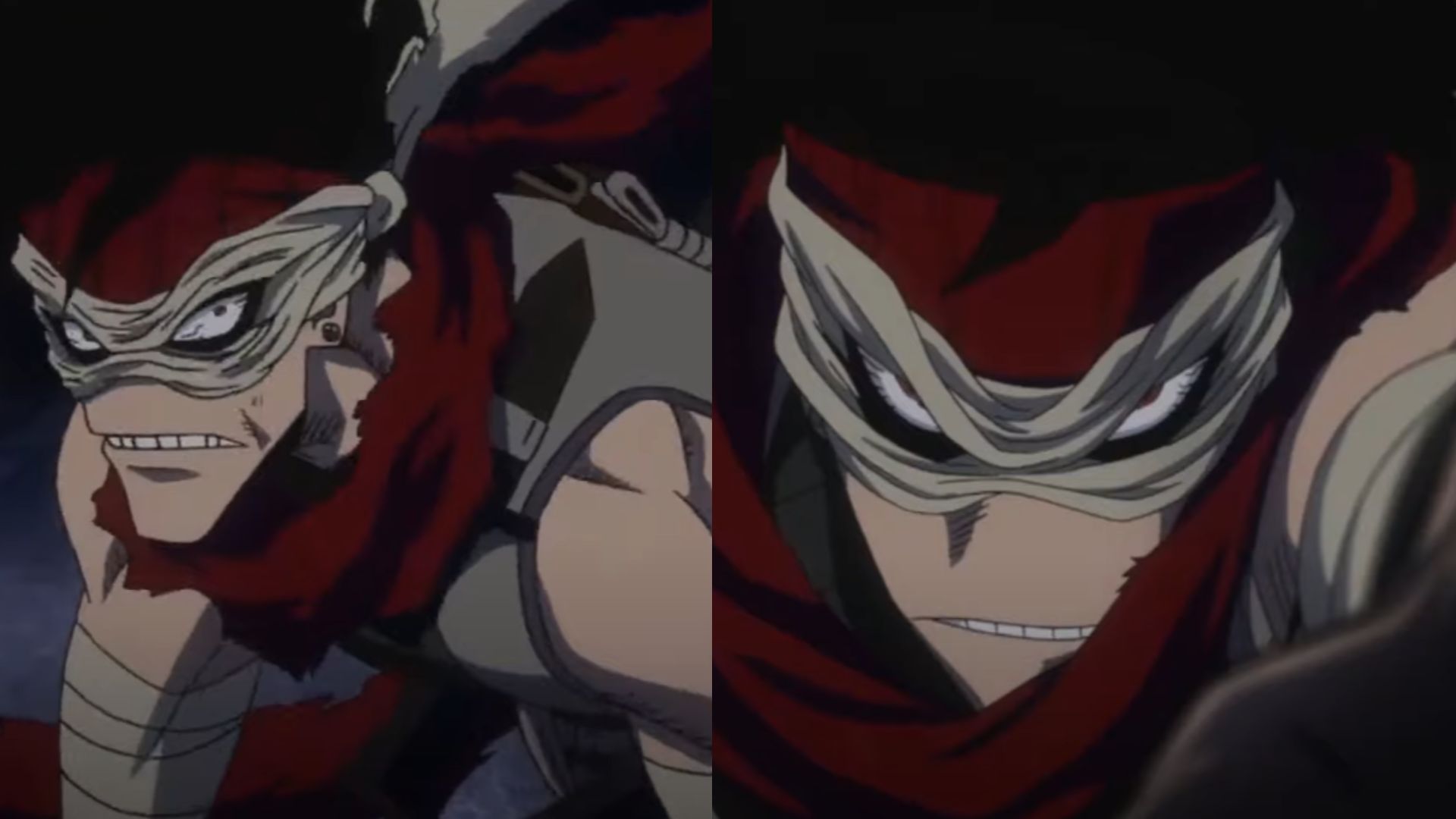
Superhero narratives rarely produce characters as complex and provocative as those found in My Hero Academia. Among its most intriguing antagonists stands Chizome Akaguro, infamously known as Stain. He is a figure who transcends the traditional boundaries of heroism and villainy.
Stain’s power wasn’t just measured in physical prowess but in his extraordinary ability to paralyze both heroes and societal systems. He has an unprecedented kill count of 17 Pro Heroes and 24 critically disabled heroes. Stain proved to be one of the most formidable opponents in the My Hero Academia universe. His Bloodcurdle Quirk made him powerful enough to challenge multiple top-tier heroes simultaneously.
Origin and Ideology of Stain in My Hero Academia
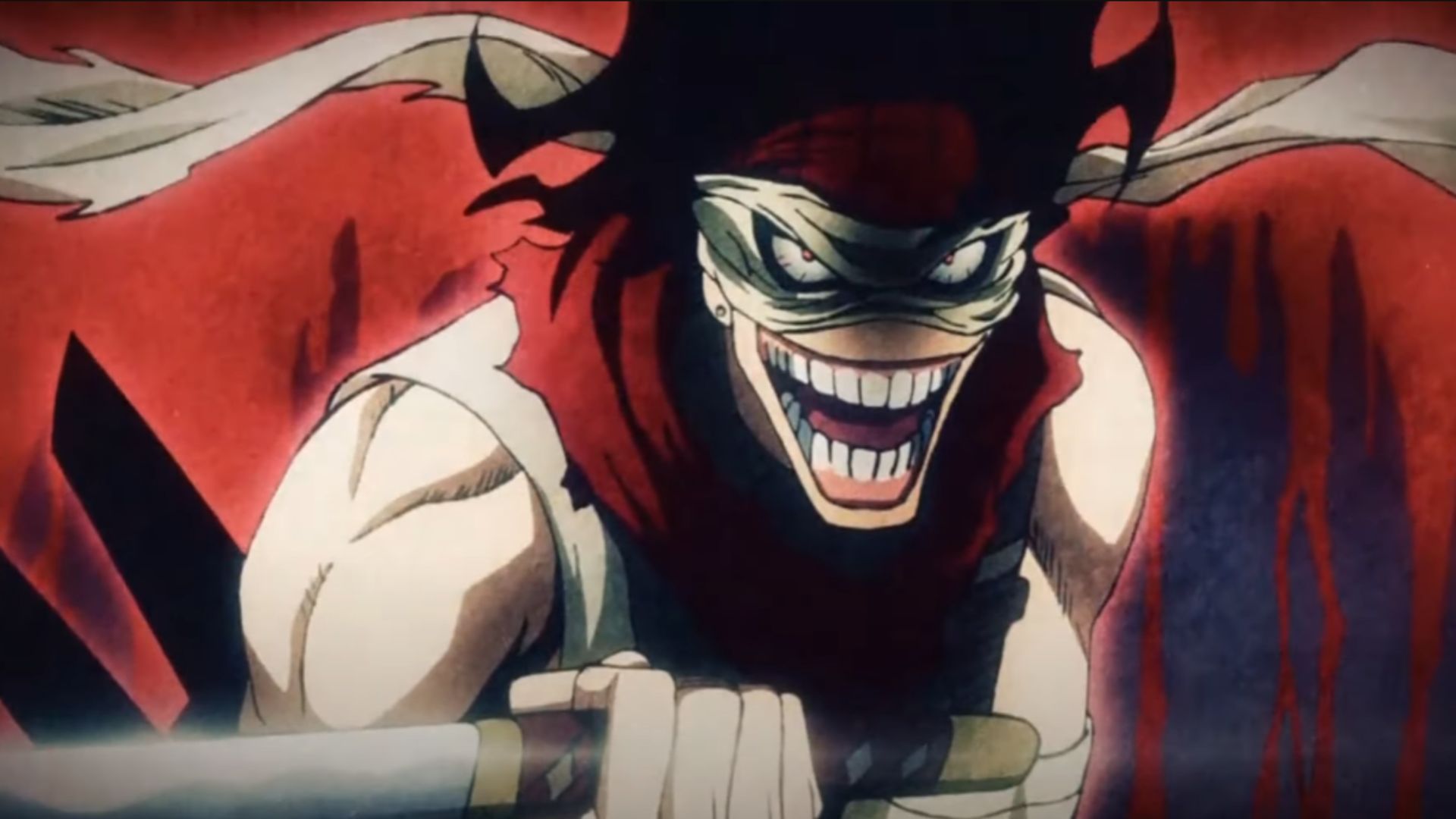
Stain’s journey from a disillusioned vigilante to a notorious villain is a narrative of moral absolutism and societal critique. Born as Chizome Akaguro, he wasn’t simply a murderer but a self-proclaimed purifier of a hero system he believed had become corrupt and superficial. His ideological framework was built on an uncompromising belief that heroes should embody true heroism—selflessness, courage, and a genuine desire to protect others, rather than seeking fame or financial gain.
The pivotal moment in Stain’s transformation came from his disillusionment with hero culture. He observed how many heroes were motivated by personal recognition, media attention, and monetary rewards. He saw these as a fundamental betrayal of heroic principles. All Might remained the sole exception in his worldview—a hero who genuinely sacrificed for others without seeking personal glory.
This perspective drove Stain to become the “Hero Killer” in My Hero Academia, a brutal arbiter of what he considered true heroism. His methods were extreme, but his critique was sharp. For him, the modern hero society had lost its way, prioritizing spectacle over substance. By targeting and eliminating heroes he deemed unworthy, Stain sought to force a radical reevaluation of heroic values, making him more of an ideological revolutionary than a simple villain.
The Bloodcurdle Quirk of Stain
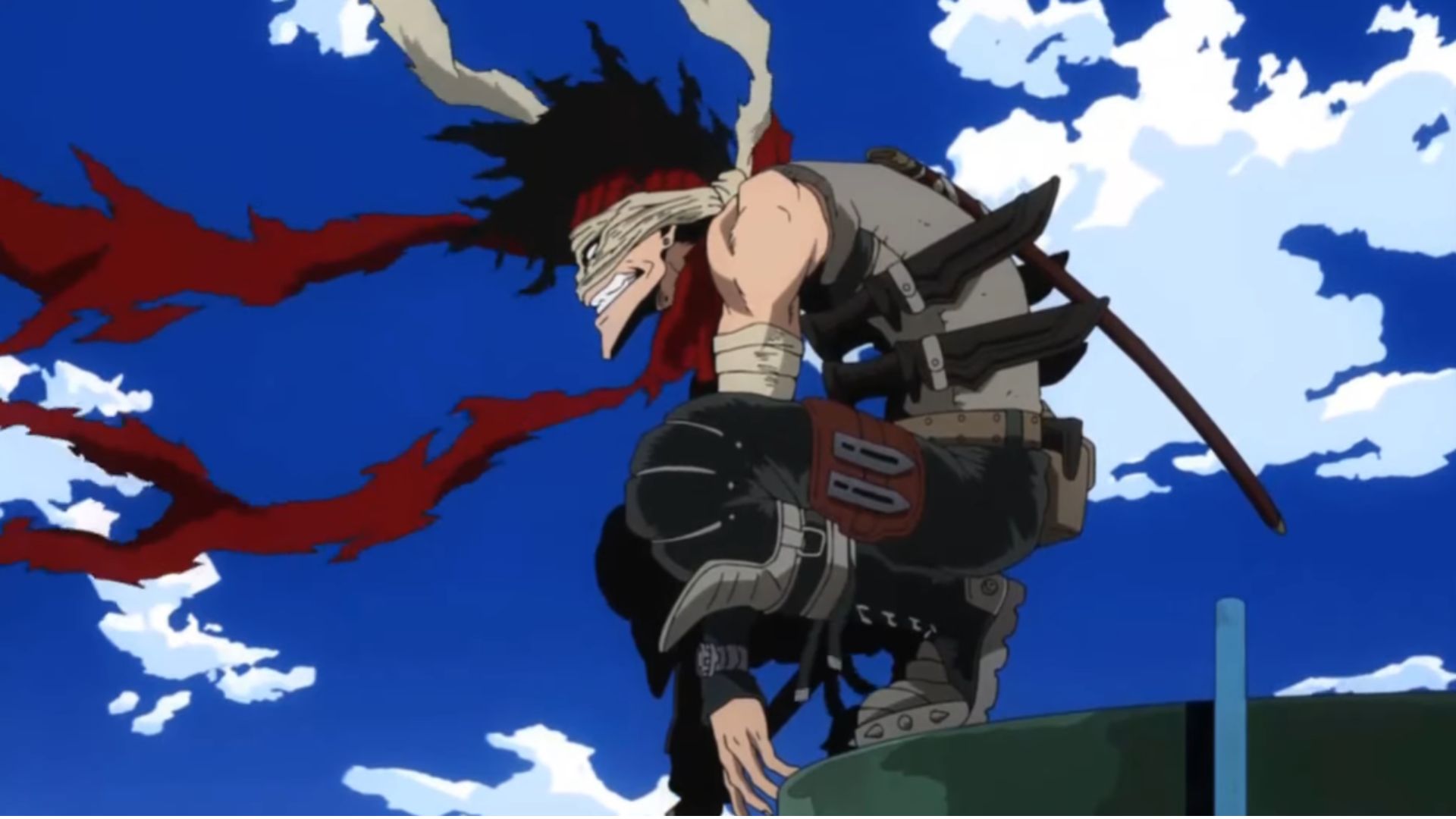
The Bloodcurdle Quirk is a mechanism of control that sets Stain apart from conventional villains in My Hero Academia. Bloodcurdle operates through a unique blood-based paralysis system. By ingesting a small amount of an opponent’s blood, Stain can completely immobilize them for up to eight minutes. The duration varies based on blood type—B type taking the longest and O type the shortest.
This Quirk is truly exceptional for its strategic application. Stain wasn’t just about paralyzing opponents; he used this ability as a psychological weapon. The precision required to taste blood mid-combat displayed his extraordinary skill and control. Blood type variations added another layer of tactical complexity to his fighting style. For instance, against an AB blood type opponent, he could potentially paralyze them for the maximum duration, giving him a significant advantage.
The Quirk’s limitations—requiring direct blood contact and having a time restriction—were counterbalanced by Stain’s combat skills. He could maneuver opponents, create opportunities for blood extraction, and exploit the brief window of paralysis with deadly efficiency. This made Bloodcurdle not just a power, but a sophisticated tool of ideological execution.
Stain’s Combat Skills and Weaponry
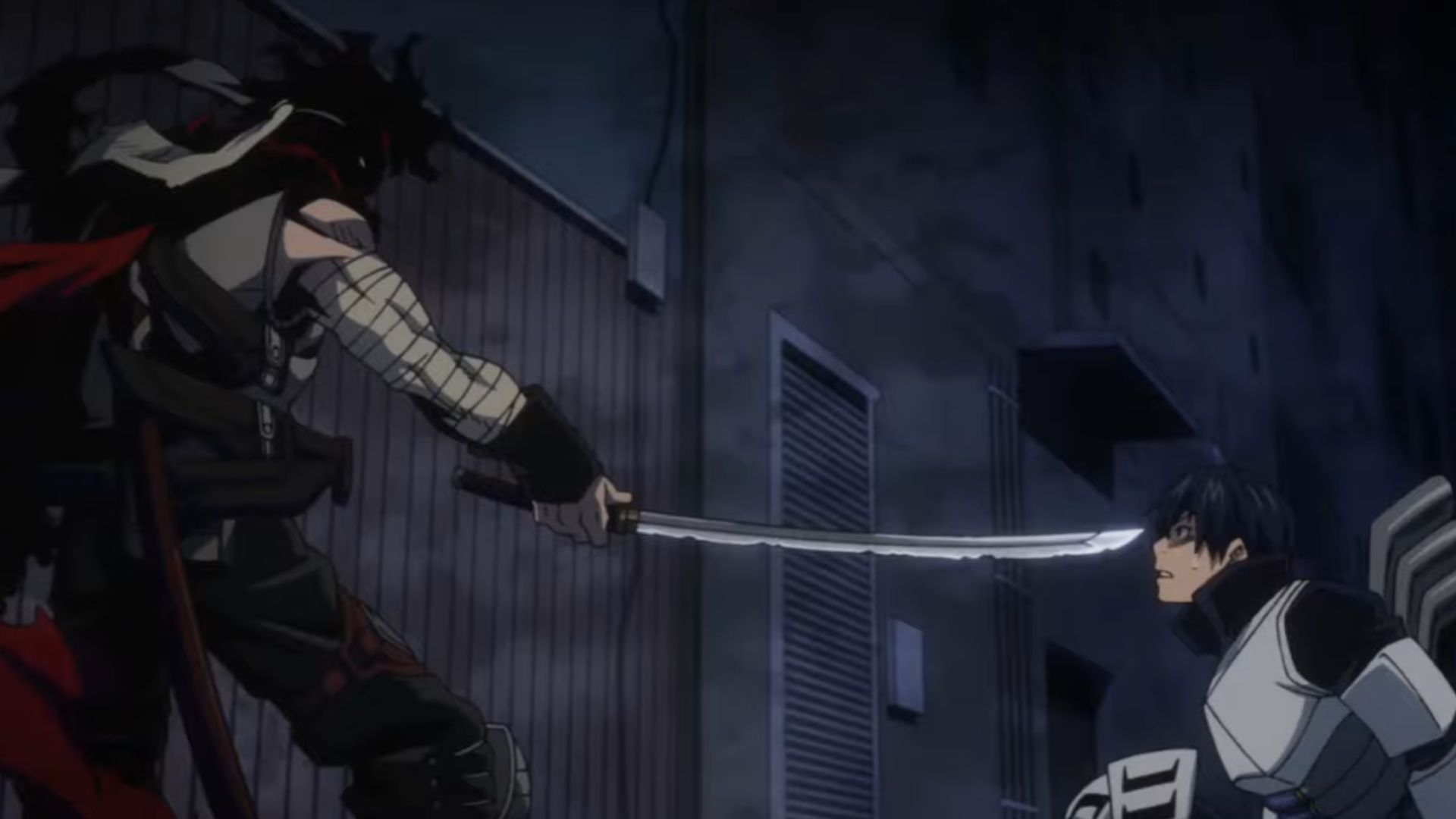
Beyond his Quirk, Stain was a combat virtuoso whose skills transcended typical villain capabilities. His arsenal was meticulously curated: a worn katana, five precision daggers, throwing knives, toe-spiked boots, and folding knives. Each of his weapons was an extension of his tactical mind, designed to extract blood and neutralize opponents with surgical precision.
Stain’s physical capabilities were extraordinary in My Hero Academia, bordering on superhuman. His speed was so remarkable that even Shoto Todoroki, one of U.A. High’s most talented students, found escape impossible. With reaction times that could intercept high-speed attacks and the ability to partially block Tenya Iida’s “Recipro Burst,” Stain demonstrated combat mastery that went beyond traditional Quirk usage.
His strength allowed him to slice through Todoroki’s ice attacks cleanly, while his stamina enabled him to continue fighting even with perforated lungs and broken ribs. The most impressive aspect of his combat prowess was his ability to control the battlefield’s tempo. He pushed opponents into scenarios that favored his fighting style. He could strategically wound without killing, showcasing incredible dexterity and tactical control. It was performance art with deadly consequences.
Legacy of Stain in the Hero Society
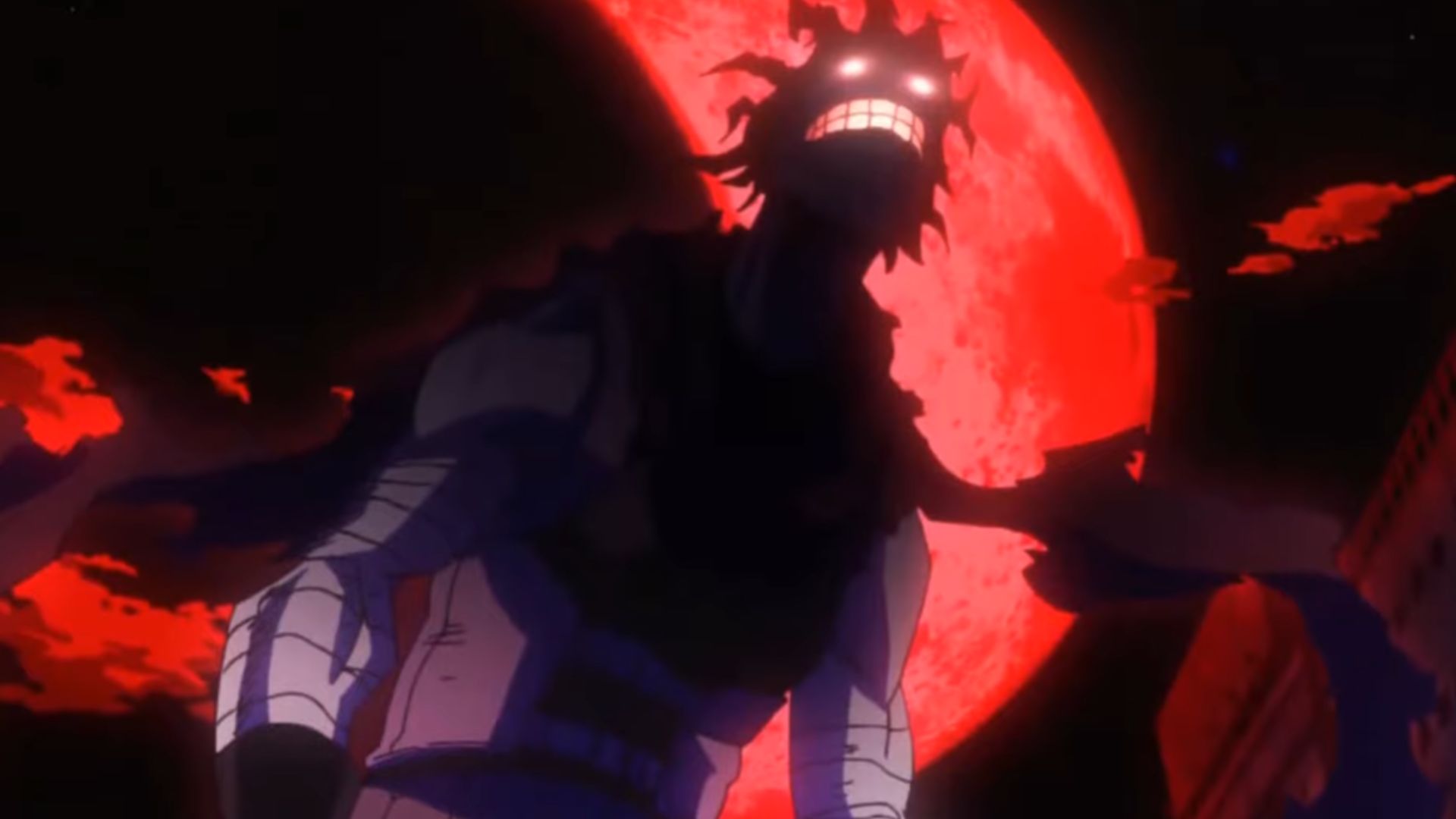
Stain’s impact on My Hero Academia‘s hero society was transformative and far-reaching. He wasn’t just a villain who killed heroes; he was a revolutionary who forced an entire system to confront its fundamental flaws. By targeting and exposing heroes driven by fame and monetary gain, he created a critical dialogue about the true essence of heroism.
His legacy manifested in multiple ways. Young heroes and villains alike were forced to reevaluate their motivations and understanding of heroic principles. The emergence of villains like Spinner, directly inspired by Stain’s ideology, showed the psychological impact of his message. Hero agencies began implementing more rigorous screening and ethical training, validating Stain’s critique about superficial heroism.
Even established heroes like Endeavor were compelled to reflect on their motivations and approach to heroism. In his final moments during the war, Stain’s acknowledgment of All Might as his ultimate inspiration revealed a depth of character that moved beyond simple villainy. He became a catalyst for systemic change, challenging and transforming societal structures.
Conclusion
Stain in My Hero Academia was a complex philosophical agent who challenged the very foundation of heroic identity. His power emerged not just from his Bloodcurdle Quirk or exceptional combat skills but from his ability to expose systemic failures and force a radical reevaluation of heroic values.
Stain became a transformative figure who reshaped hero society’s understanding of itself. His legacy serves as a powerful reminder that genuine heroism requires unwavering moral conviction and a true commitment to protecting others.
Looking For More?
Thank you for reading the article. We provide the latest news and create guides for Baldur’s Gate 3, Starfield, ARK Survival Ascended, and more. Also, watch Deltia play games on Twitch or visit his YouTube channel!
 Reddit
Reddit
 Email
Email


